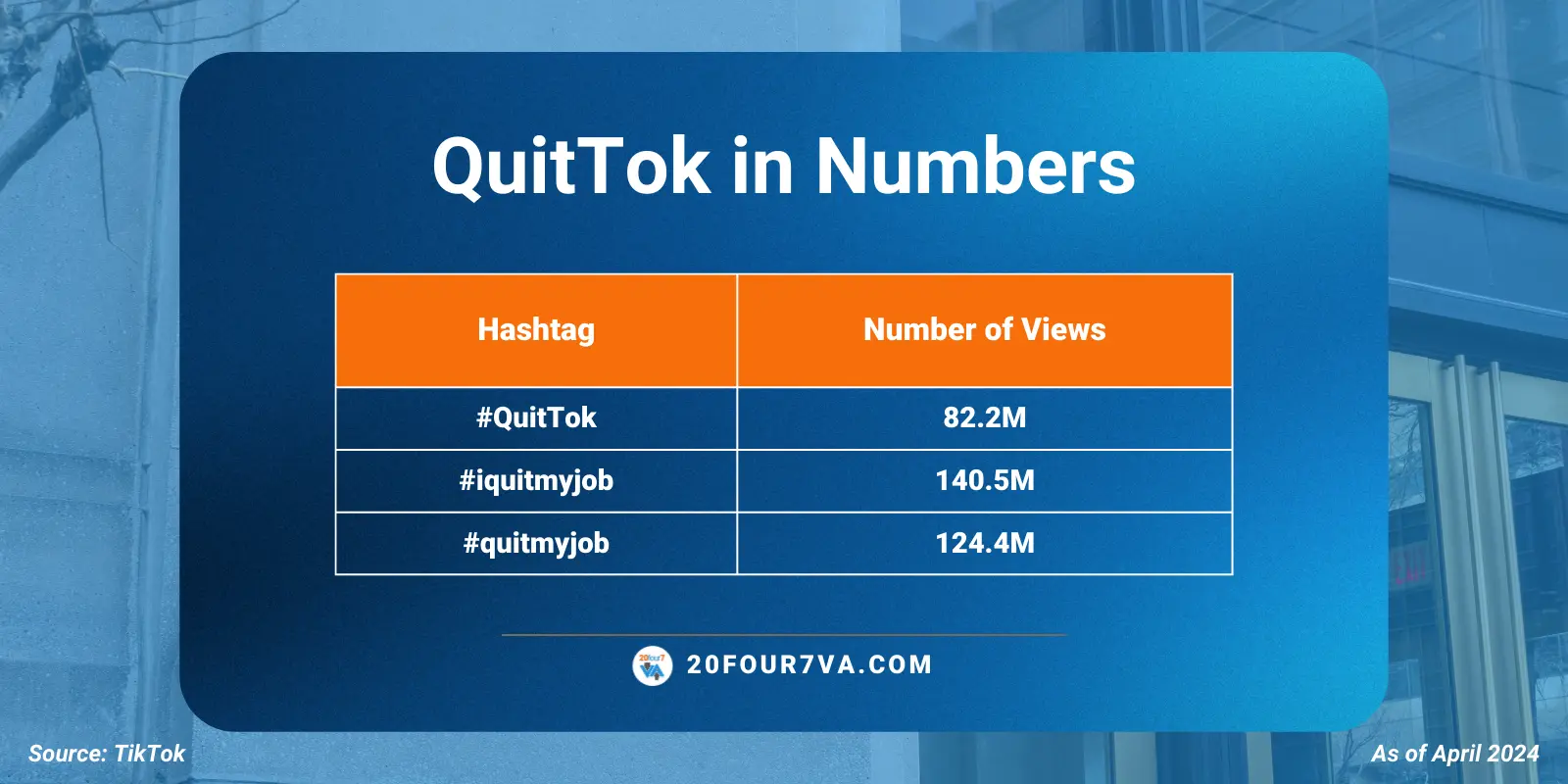#QuitTok is Not Your Typical Social Media Trend

If you’re part of the world of Human Resources, you may have heard of QuitTok. This practice of people documenting leaving their jobs and sharing them on social media, mostly on TikTok, has also crossed over to other platforms like Instagram and YouTube.
The trend started gaining traction in 2021 when employees of a McDonald’s branch quit en masse. One of the workers shared clips from that day in a TikTok post, capturing viewers’ attention on the popular app. Since then, employees have been openly documenting their resignations and layoffs on social media, prompting employers on high alert—and perhaps for good reason.
No longer ‘behind closed doors’
Traditionally, being laid off or resigning were considered private affairs. But today’s workers—led by millennials and Gen Z—are publicizing their workplace experiences, taking control of their careers’ narratives. And, along the way, exposing the poor treatment by their soon-to-be ex-bosses.
The QuitTok trend is not the typical dance challenge or viral prank. It actually has the potential to build or break employer brands. It puts a harsh spotlight on employers and people managers, putting their professionalism and ability to handle voluntary and involuntary employee departures.

An opportunity to improve management and professionalism
Not all former employees who post their QuitToks disparage their ex-employers. There are those who simply want to document and share realistic experiences in the workplace. But no matter their motivations are, it will be impossible to control public opinion, which is why critical self-assessment is essential to identify and address issues that may contribute to employee disappointment and distrust.
Conversations surrounding layoffs and resignations may be difficult to navigate, but that’s the exact reason why they must be had. Leaders should pay more attention to this phase of the employee cycle. Doing so helps foster a culture of trust and transparency in the organization. It also holds leaders, especially those who manage workers, more accountable. They must learn to practice empathy and show professionalism in every interaction with employees. And they do so not just because they know conversations can be recorded but because they value creating a positive employee experience.
Navigating risks and challenges
Yes, the QuitTok trend presents opportunities for employers, but it also poses risks and challenges for businesses. When leaving employees to share their grievances online, they may stir up negative public opinion on a company’s employer brand. These social media posts have the potential to spread across the internet and reach a wider audience, which can lead to consequences such as:
- Dissuading prospective candidates
- Negatively impact stakeholders’ trust
- Decreasing employee morale and productivity
- Complex legal issues
- Data privacy concerns
It’s crucial to mitigate these risks by training managers and HR professionals on effective communication and conflict resolution. This equips leaders with the skills they need to address an employee’s concerns regardless of which stage of the employee life cycle they are on.
Social media users are free to post their thoughts and opinions on their accounts, but it shouldn’t be a reason to leak confidential information such as trade secrets or customer data. To help avoid breaches in confidentiality and privacy, employees should be made aware of what constitutes as strictly confidential and internal information. This way, they can still freely post their work experiences without giving away trade secrets or violating data privacy regulations.
What leaders can learn from QuitTok
In a modern world where technology makes everything seem transactional, it’s important for employers to never let go of that “human touch.” The trend has helped normalize the sharing of not just milestones, but also career challenges. It reflects what today’s workplace needs: transparency and compassion. Leaders must focus on building a more empathetic work culture, where employees feel valued and supported, even when they’re preparing to leave the organization.
[activecampaign form=68]











